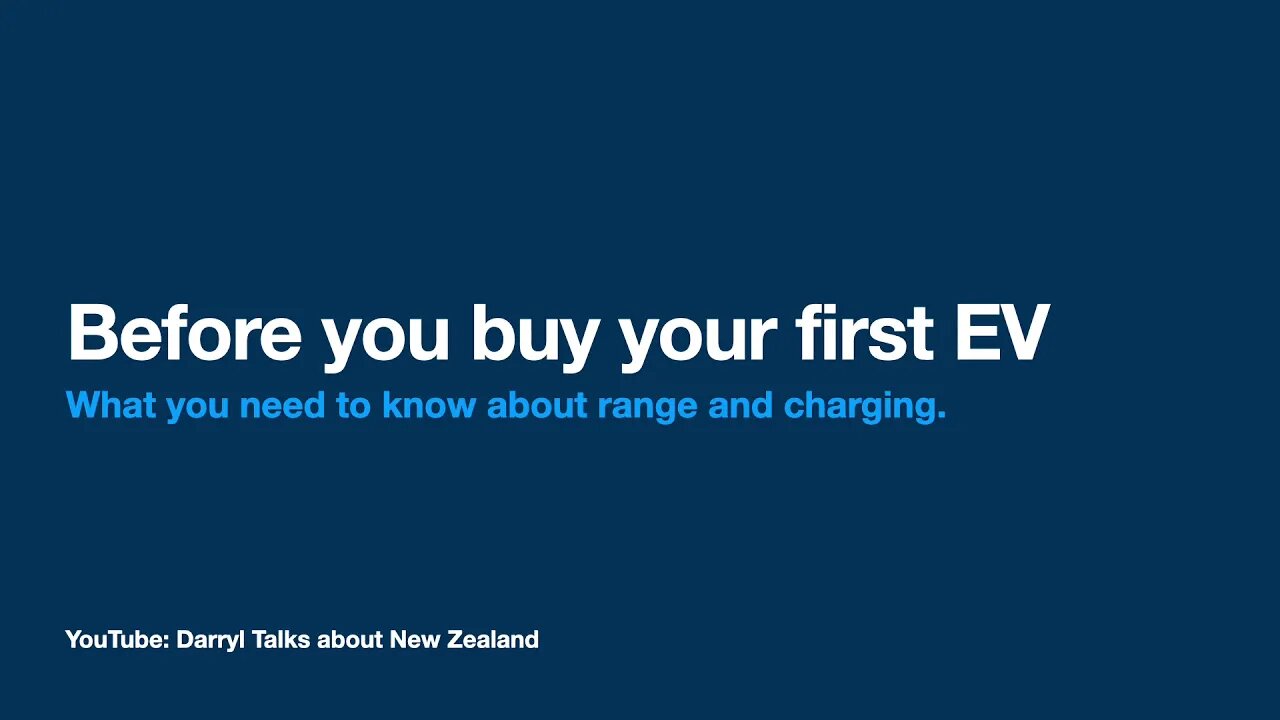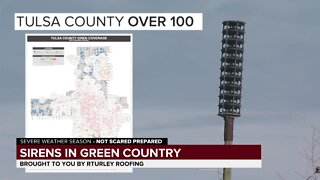Premium Only Content

Before you buy an EV : What to know about charging and range
How much range does the manufacturers claim their car will drive? And how much range does that equate to in real life?
Watch this video to get a good understanding of want to expect when you buy your first Electric Vehicle.
Rapid charging
DC chaging
CCS
CHAdeMO
AC charging
BYO cables.
0:00 Title
0:30 Contents
Range variance and driving styles
Weather and climate effects on range
Charging speed and convenience at home and away
How to charge, where to charge
What to expect on road trips
How to know if there are chargers where you live and drive
1:20 First Thoughts on Range
For anyone who is about to buy an EV: the manufacturers always seem overstate the range the vehicle will get.
Their claim is under special test conditions.
However, half the people in any market drive slower, on flatter, better roads, under good conditions, than the other half.
One half of drivers will get better range statistics than the other half.
On the day that your car is brand new, only a few people will make the manufacturers claimed range, they must drive carefully to get the range.
2:30 Types of range tests
Electric cars are very efficient at low speeds, driving gently around cities will yield more range than driving on highways. Driving fast dramatically decreases range.
Common range estimates:
NEDC New European Driving Cycle (aka Not Even Darn Close). Mostly low speed city driving, gently running errands. NEDC range can yield a result 30% greater than normal drivers.
EPA US Environmental Protection Agency. A long distance cruising speed range estimate.
WLTP Worldwide Harmonised Light Vehicle Procedure. Translates to reasonable speeds, on flat roads, in good weather.
Real real range. 20% less than WLTP if you drive at normal highway speeds or in hills and curves.
Many EVs lose 2 to 10% of their range per year, some a bit more, especially in hot climates.
4:35 Range estimates, why they are wrong
The usable range of new vehicles are usually 50km or 30miles less than marketed range. The top and bottom 25km of range, about 15 miles, are essentially unusable for ordinary drivers.
The estimated top 25km, when fully charged, is often unusable because the car calculates range while you are driving slowly before you park. As soon as you get on the highway after charging, the top 25km disappears because the estimate takes into account your higher speed.
The last 25km are often unusable because you will always have doubt wether the battery will suddenly run out. The car gives you warnings to make you go directly to a charger. If you are unsure of charger locations, you will have to recharge well before the battery is depleted.
7:52 Types of vehicles by design range: short, medium, long range
Choose a short range EV, new or used, for daily errands and commutes. Less than 100km (60mi) range. You will always be able to charge at home.
Choose a medium range EV for daily tasks, long commutes, and occasional travel between cities, or out of town on near by road trips. Up to 250km range. Check rapid charging is available for intended journeys before you buy.
Choose a long range vehicle for any length road trip. Check that rapid charging infrastructure is available for all intended journeys along major highways to destinations.
10:56 Weather and climate effects on range
Rain, wind, storms, hot days, snow and freezing weather, all decrease range.
If it is freezing in winter, keeping your car in a garage will help with range in the morning, especially if you charge your car overnight.
Expect to loose 20 to 40% of range in rain, wind and snow.
A tail wind on a fine day will increase your range.
Driving very fast will dramatically reduce the range.
13:28 Voltage and Amps, Charging power
In 110-120V countries, most cars can recharge about 50miles (85km) overnight on a regular power point. Known as: Level 1 charging. Ok for short commutes.
In 220-240V countries, most cars can recharge about 130km overnight on a regular power outlet. Level 2 charging. Can be installed in 120V countries by an electrician.
Special 15A or 16A 220V or 230V power connectors and provide 200km, 120 miles overnight. Better level 2 charging.
32A and 40A connectors are not available for all types of cars or homes, but can recharge 400km overnight. Expensive to install. Recommend for commercial drivers.
Partial charging overnight usually covers more than a daily commute. Most people will not need more than an affordable 16A connection.
18:19 Slow charging AC and BYO cables
"Bring your own” (BYO) cables,
21:45 Fast charging, DC charging, Ultra fast charging, Highway charging
25:18 The top and bottom of the battery are unusable on road trips
27:23 Finding stations and payment methods
29:34 Learn to charge away from home ASAP
31:00 Install charging map and apps before buying a car
-
 1:00
1:00
KJRH
3 years agoWhat you need to know about sirens
1.96K2 -
 2:05:43
2:05:43
TimcastIRL
3 hours agoTrump DEPLOYS NUCLEAR Submarines Amid Threats By Russia, SABER RATTLING Escalates | Timcast IRL
133K89 -
 2:20:51
2:20:51
TheSaltyCracker
3 hours agoTime To Arrest Hillary ReEEeStream 8-01-25
51.4K137 -
 LIVE
LIVE
SynthTrax & DJ Cheezus Livestreams
13 hours agoFriday Night Synthwave 80s 90s Electronica and more DJ MIX Livestream Variety Visuals / Variety Tracks Edition
299 watching -
 1:46:59
1:46:59
Glenn Greenwald
7 hours agoNew Russiagate Disclosures Show Depths of CIA & FBI Guilt; Trump Forcing Universities to Adopt DEI Programs Only for Jewish Students; The "Pogrom" at FSU | SYSTEM UPDATE #496
65.1K48 -
 LIVE
LIVE
FusedAegisTV
22 hours agoOFFICIAL Evo 2025 Day 1 Co-Stream - Las Vegas, NV ∥ 17 TOURNAMENTS!!
269 watching -
 2:10:07
2:10:07
The Illusion of Consensus
3 hours agoDEBATE: Alex Berenson vs Dave Smith on Holocaust, Israel/Gaza
31.5K8 -
 8:07
8:07
MattMorseTV
1 day ago $10.77 earnedTrump just LOWERED PRICES by 75 PERCENT.
62.8K101 -
 51:41
51:41
BonginoReport
11 hours agoParalyzed Woman Blames COVID-19 Jab, Sues Moderna! - Nightly Scroll w/ Hayley Caronia (Ep.103)
121K83 -
 2:08:34
2:08:34
Mally_Mouse
1 day agoFriend Friday!! - Let's Play! - Minecraft
8.21K